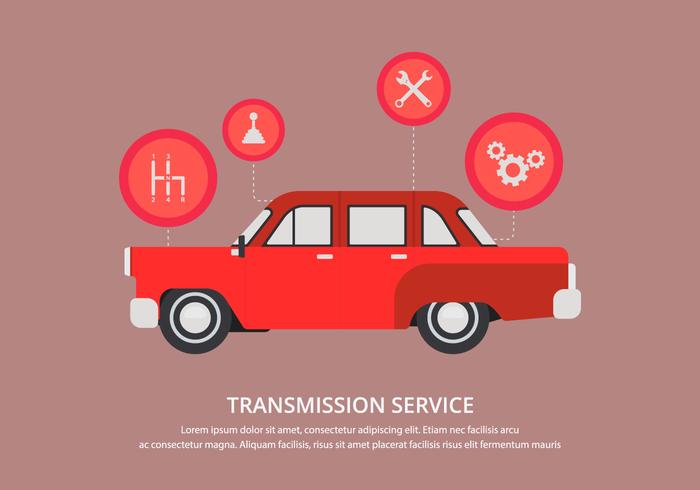Assessing Your Auto'S Warning Indicators: What They Truly Convey
Assessing Your Auto'S Warning Indicators: What They Truly Convey
Blog Article
Material Author-Lim Torres
When you're behind the wheel, those glowing caution lights on your control panel can be a little bit complicated. Do you know what they're trying to inform you regarding your automobile's health and wellness? Recognizing the significance of these lights is essential for your safety and the longevity of your vehicle. So, the following time among those lights pops up, wouldn't you wish to decode its message accurately and take the necessary steps to resolve it?
Common Caution Lighting and Interpretations
Determine common caution lights in your auto and understand their significances to guarantee risk-free driving.
The most normal caution lights consist of the check engine light, which signifies concerns with the engine or discharges system. If this light begins, it's vital to have your lorry examined immediately.
The oil stress cautioning light shows reduced oil pressure, needing immediate interest to avoid engine damages.
A flashing battery light might suggest a malfunctioning billing system, possibly leaving you stranded otherwise attended to.
The tire stress monitoring system (TPMS) light notifies you to reduced tire pressure, impacting lorry stability and gas efficiency. Neglecting this might result in harmful driving problems.
The abdominal light suggests a trouble with the anti-lock braking system, jeopardizing your capability to stop promptly in emergency situations.
Finally, the coolant temperature warning light warns of engine overheating, which can lead to serious damage otherwise resolved promptly.
Comprehending Link Website will help you address concerns promptly and preserve safe driving problems.
Relevance of Prompt Attention
Recognizing the usual caution lights in your car is only the initial step; the significance of quickly resolving these warnings can't be highlighted sufficient to guarantee your security on the road.
When a caution light illuminates on your dashboard, it's your auto's method of connecting a prospective problem that requires focus. Overlooking these warnings can lead to a lot more severe problems in the future, compromising your security and possibly costing you a lot more out of commission.
Motivate interest to warning lights can stop malfunctions and mishaps. As an example, a blinking check engine light can suggest a misfire that, if left unattended, could create damage to the catalytic converter. Resolving this without delay can save you from an expensive repair service.
Likewise, a brake system advising light might signal reduced brake liquid or worn brake pads, crucial elements for your safety and security when driving.
Do It Yourself Troubleshooting Tips
If you notice a caution light on your control panel, there are a few DIY fixing tips you can try before looking for expert help.
The initial step is to consult your car's manual to understand what the specific caution light suggests. Sometimes the issue can be as basic as a loose gas cap setting off the check engine light. Tightening the gas cap may settle the trouble.
nano ceramic coating is a reduced battery, which can trigger various alerting lights. Inspecting the battery links for corrosion and guaranteeing they're secure may repair the issue.
If a warning light continues, you can try resetting it by disconnecting the car's battery for a few minutes and then reconnecting it. Additionally, checking your vehicle's fluid degrees, such as oil, coolant, and brake liquid, can help troubleshoot advising lights related to these systems.
Verdict
To conclude, understanding your car's warning lights is essential for maintaining your lorry running smoothly and securely. By without delay attending to these signals and knowing what they indicate, you can avoid costly fixings and prospective failures.
Remember to consult your automobile's manual for specific information on each warning light and act accordingly to make sure a trouble-free driving experience.
Stay informed, stay risk-free on the road!
